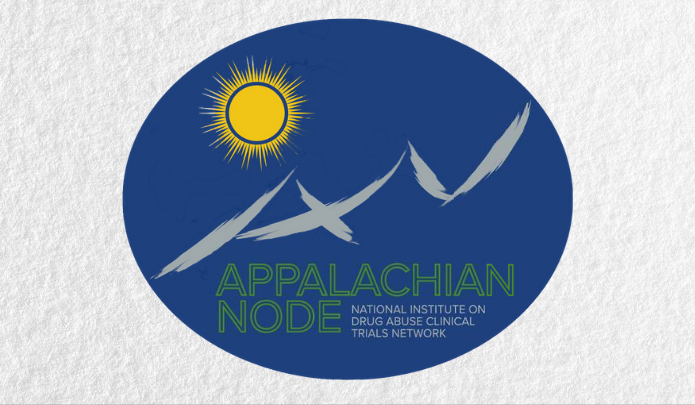News from the Appalachian Node

On October 25, 2023 and as part of the annual Appalachian Node, WVU hosted a meeting entitled “Building a Healthier Appalachia: Collaborative Solutions to Substance Use Disorders Across the Region” at the WVU Alumni Center (Morgantown, WV). The conference was co-facilitated by the WVU Research Office and brought together policy makers, community leaders, treatment providers, trainees and local as well as national researchers (~60 attendees not affiliated with the node). The goal of the conference was to advance knowledge of empirically based interventions for individuals with substance use disorders and to improve community collaboration to improve outcomes. The conference included nationally renowned speaker Dr. Frances Levin from Columbia University who spoke on research and state-of-the-art treatments for patients with ADHD and co-occurring SUD. Carmen Rosa and Dr. August Holtyn (CCTN) spoke about the role of the NIDA CTN in translating research into practice. Quandra Blackney (NIDA) and Andrew Wilson (Central East ATTC) shared dissemination and implementation resources. Dr. Jane Liebschutz and Donna Beers shared their evidence-based model of collaborative care for patients with SUDs. There was also a community panel, flash talks from researchers at UPIT and WVU, and a poster presentation and networking session. The lunch was provided by Healthy Kids, which is a local non-profit that provides meals for individuals in recovery housing and they have developed a job-training program for individuals in recovery from SUDs. During the conference registration process, attendees were asked to report on the most important drug use/SUD in their communities. This content was reviewed and then integrated into a human-centered design activity (facilitated by Dr. Megan Hamm) that occurred during lunch. Individuals were assigned to lunch tables, strategically assembled to facilitate new connections and diverse perspectives, and they need to identify innovative solutions to problems facing our communities today and potential research opportunities.